OIL PRODUCTS
INTRODUCTION OF OIL PRODUCTS
The Petro Naft Company provides a wide range of oil products of the best quality; contact our experts to choose the right product.
LIST OF PRODUCTS
BASE OIL
Base oil is an oil that serves as the foundation for lubricants. In terms of volume, base oil is the most essential component of lubricants, and in terms of weight, it comprises more than 95 percent of a lubricant’s composition. They are suggested for use in the manufacturing of automotive and industrial oils, oil and grease, rubber goods, white oil and paraffin oil (liquid paraffin), among others. In some lubricants (compressor and hydraulic oil), base oil makes up 99 percent of the oil and additives make up just one percent. It is possible to get base oils from both petroleum and non-petroleum sources. Most of the world’s basic oils are derived from the refining of crude oil. Base oils are composed mostly of paraffinic, naphthenic, and aromatic chemicals.
Modern lubricants are composed of an extensive variety of basic fluids and chemical additives. Base oil has several purposes, but its primary role is as a lubricant, producing a fluid layer that separates moving surfaces, dissipates heat, and coats particles while minimizing friction. preserves the addition of unique chemical additives to the basic fluid improves or creates several lubricant characteristics.
– BASE OIL USES:
Base oils are used to create lubricating greases, motor oils, and metalworking fluids, among other items. Different products need unique oils and components. The viscosity of the liquid at various temperatures is one of the most crucial aspects. The quantity of base oil molecules and the ease with which these molecules may be extracted determine whether crude oil is appropriate for processing into base oil. Crude oil is refined to generate base oil. During the heating process, the separation of light and heavy hydrocarbons occurs. The lighter ones may be used to create gasoline and other fuels, whilst the heavier ones can be used to create bitumen and asphalt or basic oils.
Many crude oils from throughout the globe are utilized to create base oils. Although paraffinic crude oil is the most prevalent, there are alternative petroleum oils that generate products with superior solubility and low-temperature qualities. Using hydrogenation technique, in which sulfur and aromatics are eliminated using hydrogen under high pressure, it is possible to get very pure base oils appropriate for applications with stringent quality criteria. Chemicals – additives – are added to the basic oil in order to fulfill the end product’s quality standards, such as friction and cleaning qualities. More than twenty percent of some kinds of motor oil are additives.
– BASE OIL SELECTION:
We should choose the base oil based on the desired application. Viscosity is an example of a typical property. The maximum viscosity gives sufficient film strength, while the lowest viscosity provides fluidity at low temperatures and reduces energy consumption. In some situations, it may be preferable to achieve a balance between the two.
Although it is not necessary to comprehend how oil is made, it is essential to grasp the various base oil possibilities and their benefits and downsides. Choosing the optimal lubricant helps reduce the likelihood of machine failure. Despite the fact that synthetics are much more costly than mineral oil, the cost of equipment failure is often substantially greater. If money is a significant element in your selection, pick cautiously.
– BASE OIL SPECIFICATIONS:
1- Escaping:
Reduction of oil, oil thickening, and sedimentation.
2- Surface behavior:
Foaming, gas emission, emulsion formation, and compressibility.
3- Oxidation:
Formation of sediments, oil thickening, sludge formation, and metal corrosion.
4- Viscosity:
Low-temperature fluidity, energy dissipation, abrasion resistance, and adequate cooling.
5- Solvability:
Engine cleanliness, sealant compatibility, process applications, and formulation stability.
– BASE OIL PROPERTIES:
The qualities of all base oils dictate how well they can endure a range of lubrication difficulties. The objective of the refining process for mineral oil is to maximize the resultant qualities in order to create a better lubricant. Different formulas for synthetically manufactured lubricants aim to provide a lubricant with qualities that may not be feasible with mineral oil. Each base oil, whether mineral- or synthetic-based, is developed for a certain function.
Viscosity limits and viscosity index, pour point, oxidation and thermal stability, aniline point (a measure of the base oil’s solubility in respect to other compounds, including additives), and hydrolytic stability are among the most essential features of base oil (lubricant resistance). Decomposition of a substance in the presence of water.
– BASE OILS CLASSIFICATION:
Lubricants can be classified in different ways. One of the most common classifications is based on the constituent base oil:
Mineral, synthetic, and vegetative. Mineral oil, which is obtained from crude oil, can be produced with a wide range of qualities related to the oil refining process. Synthetic materials are man-made through a process of synthesis and are produced in a number of formulations with unique properties for their intended purpose. Vegetable base oils, which are derived from vegetable oils, make up a very small percentage of lubricants and are mainly used for their renewable and environmental benefits.
– BASE OIL TYPES:
In general, base oil is divided into three general categories.
1- Mineral base oils
Mineral base oil is the oil that comes directly from refining crude oil.
This oil includes two main categories:
Paraffinic oils
Naphthenic oils
Paraffinic oils consist of normal hydrocarbons (straight chain) and iso-hydrocarbons (branched chain). But naphthenic oils are composed of one or more saturated cyclic hydrocarbons. These two oils can be compared based on criteria, and their performance and differences can be measured together.
Compared to naphthenic oils, paraffinic oils have the following properties:
Higher melting temperature
Less specific weight
Higher viscosity index
Less solvent
High resistance to oxidation
Low volatility and, as a result, a higher flash point
Naphthenic oils are generally used for low temperature ranges and when a low pour point is required. They can be used especially in hydraulic oils, coolants, rubber production oils, metalworking, cylinder lubricants for large engines, and greases.
When comparing properties between mineral base oil groups, you’ll typically find more benefits with oils that are highly refined, including those with higher oxidation stability, thermal stability, viscosity index, pour point, and operating temperature. As the oil is refined more, some key weaknesses appear that can affect how well additives dissolve and how quickly they break down.
2- Natural base oils
In the last two decades, due to increasing environmental considerations, attention to natural lubricants has increased. These oils are obtained from plant sources. The main components of natural oils are a mixture of triglycerides that have carboxylic acid segments with long chains. These carboxylic acids are known as fatty acids. And in general, they have straight chains of 8 to 22 carbon atoms, which may be completely saturated or have one or more unsaturated bonds on their chains.
Vegetable oils can be used naturally for lubrication. The ignition and combustion points of vegetable oils are much higher than those of mineral oils (about 326ºC). But these oils in their natural form do not have enough stability against oxidation. Another unfavorable feature of vegetable oils is their high pour point, which can be solved by adding suitable additives. The lubricating power of vegetable oils is much higher than mineral oils.
3- Synthetic base oils
Synthetic or synthetic oils are oils that are synthesized or made under controlled conditions by attaching one or more specific low molecular weight organic components. The oil that comes out of this process, which is done under controlled physical and chemical conditions, has the properties that were planned for in advance.
Contrary to advantages such as availability and a relatively lower price, mineral oils had disadvantages such as oxidation and loss of viscosity at high temperatures, exploding when exposed to strong oxidizing agents, and solidification at low temperatures. This issue has led to the expansion of the use of synthetic oils that can withstand a significant range of temperature and pressure without changing the structure and, at the same time, reduce the risk of fire. However, the use of synthetic oils makes sense when:
– The use of synthetic oils lowers operating costs so much that they compensate for their high purchase costs.
– The use of synthetic oils will solve the problem related to the use of mineral oils.
such as operating conditions at very high or very low temperatures.
RECYCLE BASE OIL
PetroNaft Co. Recycled base oil is environmentally benign and emits less carbon than virgin base oil. The manufacture of virgin base oil is energy-intensive and creates more carbon emissions. The worldwide market for recycled base oil is presented with substantial growth potential by the increasing emphasis on environmental sustainability. The recycling of automotive oil encompasses the recycling of spent oils and the production of new goods from the recycled oils, as well as the recycling of motor oil and hydraulic oil.
Recycling oil is also beneficial to the environment. Providing customers with more alternatives to recycling oil reduces the chance of wasted oil being dumped on land and in water. One gallon of motor oil poured into streams, for instance, has the potential to contaminate one million gallons of water. In addition, the limited supply of raw materials necessary for the production of virgin oil drives the demand for recycled base oil. Creating base oil from crude oil requires a great deal of energy.
To generate one gallon of base oil, a refinery must process 100 gallons of crude oil. In contrast, just 1.4 gallons of spent oil are required to produce one gallon of base oil. Because of this, recycling used oil is a pretty practical way to make base oil.
RUBBER PROCESS OIL
Our Rubber Process Oils have a broad range of applications and are environmentally benign. Rubber Process Oils of different grades and exceptional quality are available for use in the manufacture of natural and synthetic rubber products.
Rubber Method Oils are used during rubber compound mixing. These aid in the improvement of filler dispersion and compound flow properties during further processing. On the basis of the physical arrangement of their carbon atoms, rubber process oils may be roughly categorized into three fundamental groups:
- Aromatics Base
- Paraffinic Base
- Naphthenic Base
Aromatic Rubber Process Oils are typically black and suitable with the majority of Rubber Polymers. It is widely used in the production of automobile tires, tread rubber, conveyor belts, automotive components, floor mats, etc., for which the color of the final product is unimportant.
In general, paraffinic rubber process oils have a light hue, a broad viscosity range, and a higher aniline and flash point. In the production of butyl tubes, EPDM-based rubber goods such as profiles, hose pipe, and automobile components, paraffinic oils are widely used.
The color stability, solubility, and heat stability of Naphthenic Rubber Process Oils are exceptional. It is widely used in the production of footwear, LPG tubes, hot water bags, and molded and extruded goods. It may be used as Banbury lubricants in the Rubber Industry.
GREEN RUBBER PROCESS OIL
Green products are products that are environmentally friendly, or, in other words, do not pollute our environment. Green rubber process oil is also among the oil products used in the elastic tire industry, which contain polyaromatic hydrocarbon compounds, especially 8PAH, at less than 10 ppm. Because these oils have high environmental characteristics, they are of particular importance and have been used in the world’s first level countries and in reputable European rubber and tire brands.
For more information, please click on each product listed below.
Frequently Asked Questions About OIL PRODUCTS
To download the specification PDF, you can click the "INFORMATION REQUEST AND PRODUCT SAMPLE" button below the product photos. We will send you the necessary information as soon as possible, or use the "ANY QUESTION?" form on the bottom right of the page.
To download the MSDS, you can click the "INFORMATION REQUEST AND PRODUCT SAMPLE" button below the product photos. We will send you the necessary information as soon as possible, or use the "ANY QUESTION?" form on the bottom right of the page.
To download the TDS, you can click the "INFORMATION REQUEST AND PRODUCT SAMPLE" button below the product photos. We will send you the necessary information as soon as possible, or use the "ANY QUESTION?" form on the bottom right of the page.
To know the today prices, you can click "ORDER" below the product photos. We will send you the necessary information as soon as possible, or use the "ANY QUESTION?" form on the bottom right of the page.
To know the prices in the UAE, you can click "ORDER" below the product photos. We will send you the necessary information as soon as possible, or use the "ANY QUESTION?" form on the bottom right of the page.
PetroNaft Co. is one of the largest and most reliable suppliers of Oil Products in the world.

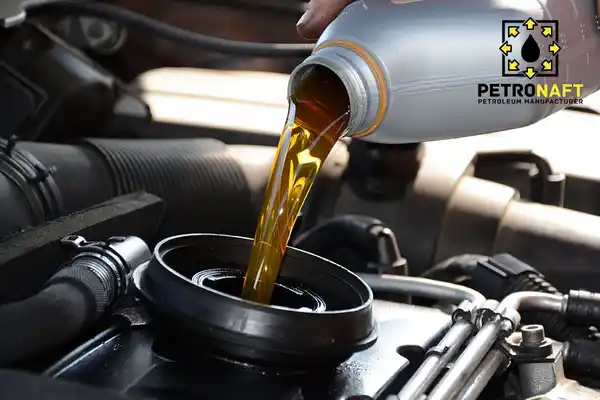
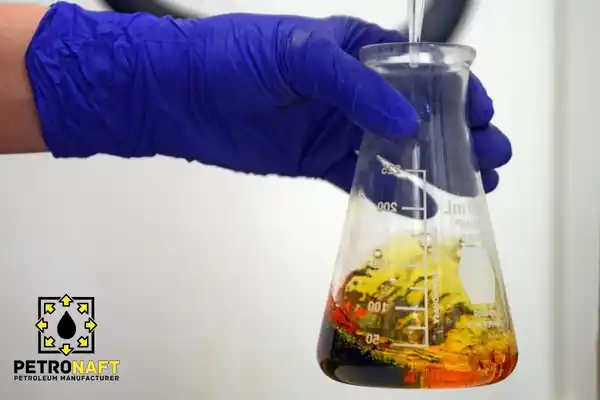
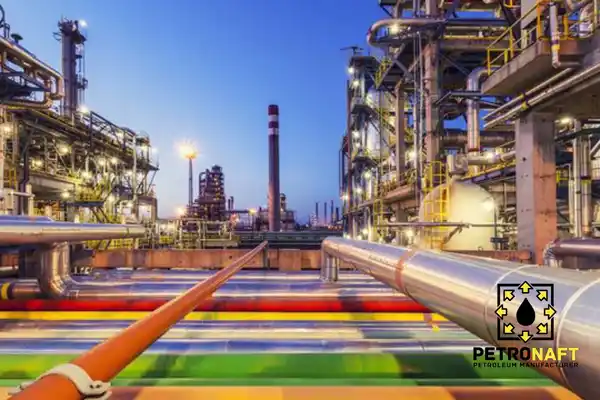
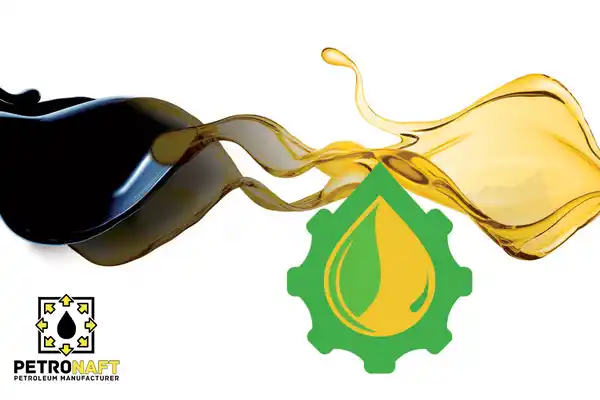
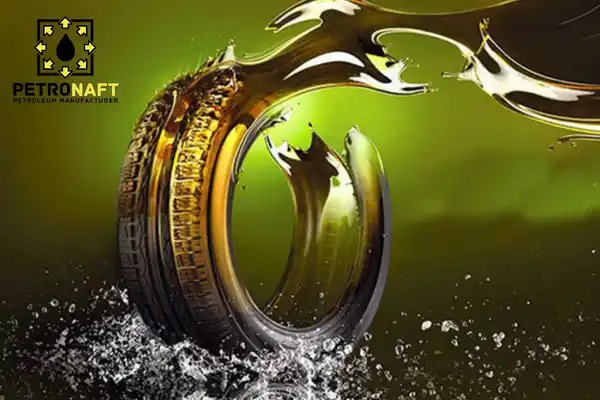


we are looking for rpo and base oils.
Thank you for contacting us.
Please send your request to the following email:
[email protected]